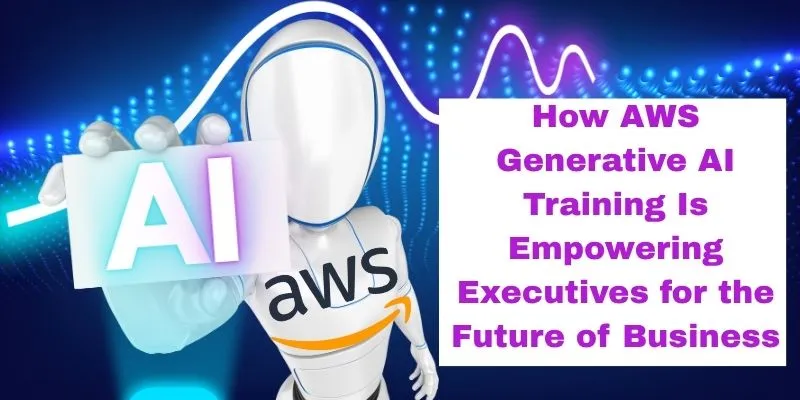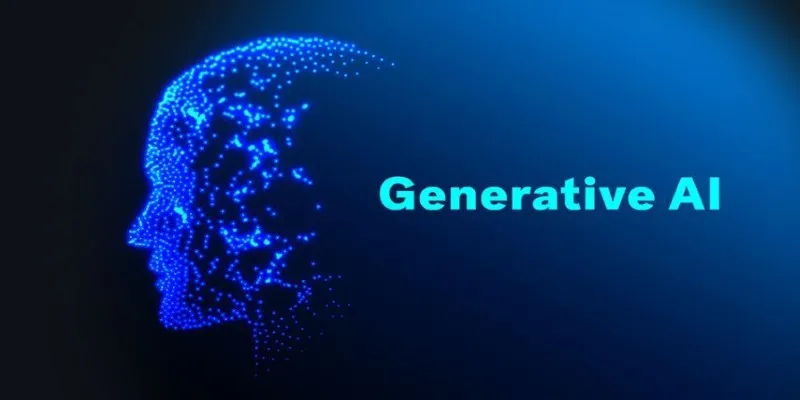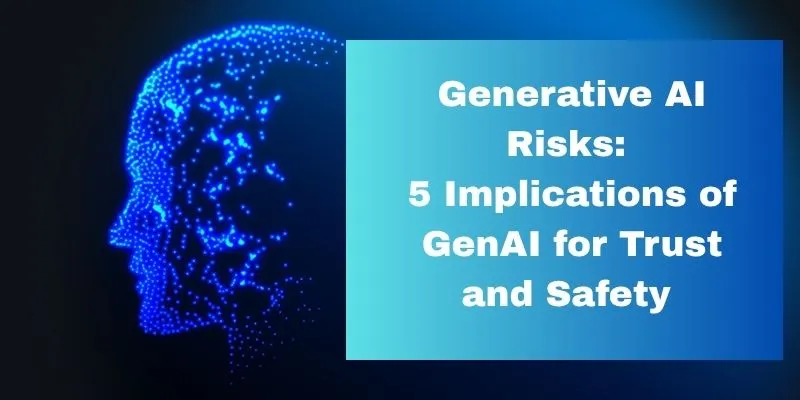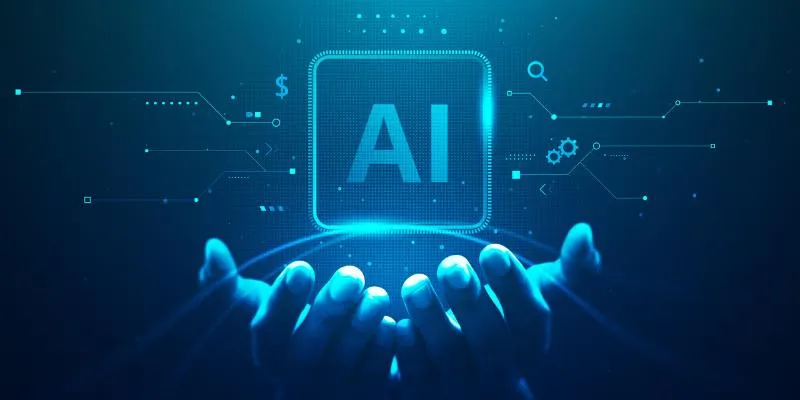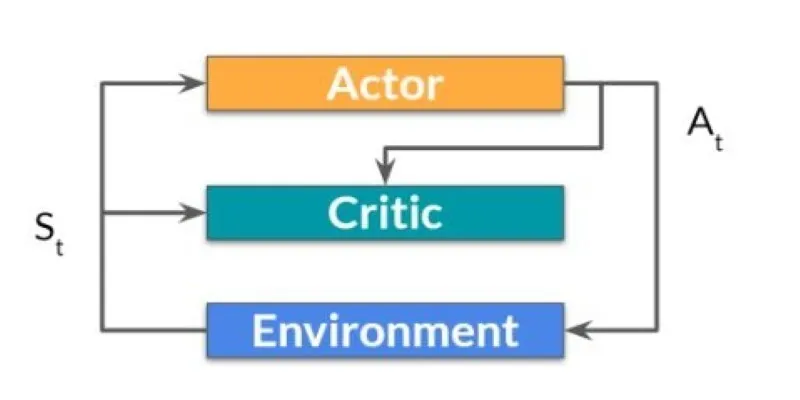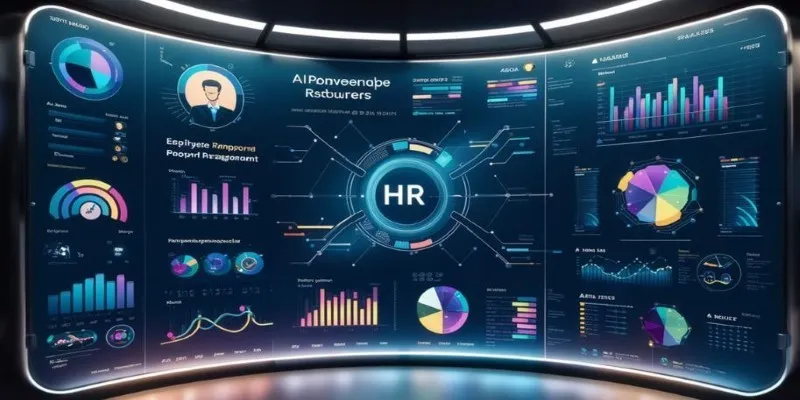A new phase in artificial intelligence is unfolding with the announcement of the $500 billion Stargate AI Infrastructure Project. This bold initiative aims to establish a global network that supports the demands of advanced AI models while enhancing efficiency and sustainability. Alongside this, a recent Deloitte survey highlights a measured outlook from businesses adopting generative AI, showing enthusiasm tempered by caution. These two developments illustrate the tension between ambition and realism shaping technology today. The story of AI’s next decade may well depend on how these ambitious plans and practical concerns work in tandem.
The Scope and Purpose of the Stargate AI Infrastructure Project
The Stargate AI Infrastructure Project represents the most significant investment yet in dedicated AI infrastructure. Its mission is to create a worldwide system of data centers and computing facilities tailored for large-scale AI workloads. Current models often face limits imposed by traditional infrastructure, which struggles with energy use, cooling, and cost. Stargate is designed to overcome these issues by introducing more efficient hardware and greener operations at scale.

Funding comes from a mix of technology companies, investment funds, and national governments, each seeing AI as central to future progress. The project will feature hundreds of sites strategically located near renewable energy sources to reduce environmental strain. It is planned to roll out in phases over ten years, with a sizable portion operational by year three. This phased approach is meant to allow gradual adaptation and ongoing improvements as technology evolves.
What makes Stargate unique is its focus on serving as a backbone specifically for AI. Instead of simply expanding existing data centers, it is being built from the ground up for the unique demands of training and running ever-larger models. This will help address bottlenecks many companies face today, opening the door to applications that were previously too resource-intensive to be feasible.
Energy Efficiency and Sustainability at Its Core
One of Stargate’s defining principles is sustainability. AI’s energy footprint has been a growing concern, with some training runs consuming energy equivalent to entire neighborhoods. Left unchecked, the environmental costs of widespread AI use could become untenable. Stargate’s backers aim to break this pattern by prioritizing renewable power, next-generation chips, and advanced cooling systems to cut both emissions and costs.
Many facilities will draw from hydropower, solar arrays, or geothermal energy, depending on the region. Designs include innovative cooling techniques that use less water and produce less waste heat. Modular construction is another key feature, allowing facilities to be updated or repaired without wasting resources or disrupting service.
These efforts reflect increasing awareness that long-term AI adoption must be compatible with environmental goals. By embedding sustainability into its design from the start, Stargate hopes to serve as a model for how technology infrastructure can expand responsibly. This will also help participating companies meet growing regulatory and public expectations for greener operations, which is becoming a priority across industries.
Business Sentiment: Cautious Optimism on Generative AI
The Deloitte survey of business leaders paints a picture of cautious enthusiasm around generative AI. While 62% of surveyed companies reported some level of experimentation with generative AI tools, only a minority have fully embedded them into everyday workflows. Many organizations still view the technology as promising but not yet mature enough to rely on fully.

Concerns raised include data privacy risks, a lack of skilled staff, and integration challenges with older systems. A significant share of respondents also pointed to uncertainty over regulatory requirements and potential misuse of AI-generated content as reasons to proceed carefully. Ethical considerations are becoming more prominent as firms assess how generative AI might affect jobs, trust, and transparency.
That said, business leaders remain intrigued by the potential benefits. Many see generative AI improving customer interactions, speeding up product development, and uncovering new insights from data. The key appears to be a gradual, managed rollout that gives companies time to build internal capabilities, set clear policies, and measure real outcomes. There’s also a gap between executive enthusiasm and operational readiness, with many technical teams requesting more support and clear direction before full-scale deployment.
How Does the Stargate Project Align with Business Needs?
The Stargate AI Infrastructure Project seems well-timed to support the cautious but growing demand outlined in the Deloitte survey. One of the biggest obstacles for companies exploring generative AI is the lack of suitable infrastructure. Existing systems often cannot scale efficiently or affordably to meet modern AI needs. Stargate’s purpose-built network is designed to remove that barrier, giving businesses access to more reliable and sustainable computing resources.
Its emphasis on environmental responsibility also resonates with corporate priorities. Companies under increasing pressure to report their environmental impact can point to Stargate’s greener operations as a way to help meet their own sustainability goals. This could make adopting AI more acceptable both internally and publicly.
Lower latency and better performance will make advanced AI more accessible for applications that depend on speed and scale, such as healthcare diagnostics, predictive supply chain management, and adaptive education. These areas often require real-time analysis and high reliability, which Stargate promises to deliver.
By addressing both the technical and environmental concerns holding companies back, the project could enable broader and more confident adoption of generative AI over time. Businesses that have been hesitant may feel more comfortable taking the next step once the right infrastructure is in place.
A Careful Yet Ambitious Future
The Stargate AI Infrastructure Project and Deloitte’s survey together highlight today’s AI landscape. Stargate demonstrates what can be achieved with vision, resources, and planning, while the survey reveals that adoption is challenging and requires careful consideration. Companies are testing generative AI while addressing concerns, as engineers build infrastructure designed to support growth sustainably. This mix of ambition and caution points to a steady path forward. The coming decade will reveal if high expectations and measured action align successfully. Stargate could provide the foundation for wider, more confident adoption, while businesses recognize that success depends on more than technology alone, signaling a thoughtful direction for AI’s future.
To learn more about the impact of AI and its infrastructure, consider exploring further resources on AI advancements and sustainable technology practices.
 zfn9
zfn9
